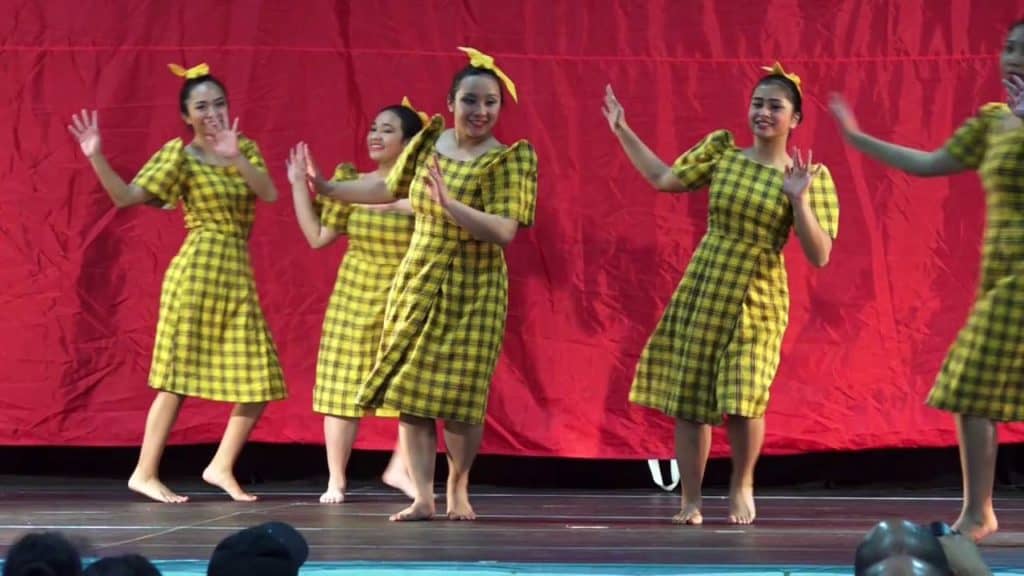Maglalatik, also referred to as “Manlalatik or Magbabao” is a South East Asian form of dance. This “indigenous” dance style is said to have originated from the Philippines, and is performed mainly by men. Apparently, elements belonging to trapping and boxing are also included in this style of dancing. Furthermore, the dance has been created to provide the performer with an ideal platform to display his skills to the public. In addition, this dance style literally when translated means “latik maker” i.e. latik is a local coconut product.
History/origin of the Maglalatik Dance:
Apparently, this dance was created to represent a fight between the Moros and the Christian community over latik i.e. a product obtained after the coconut milk has been boiled. Furthermore, this dance is supposed to be performed during festive occasions such as feasts and religious processions.
Also Read : 5 Most Popular Portuguese Traditional Dances
Costumes used in the Maglalatik Dance:
The costumes used in this dance style will depend on the community (i.e. Moros or Christian) the performer is representing, and so the attire worn is as follows:
a. For the performer representing the Moros community:
The dress worn usually includes a white vest and red trousers.
b. For the performer representing the Christian community:
The dress worn usually includes a white vest and blue trousers.
Music involved in the Maglalatik Dance:
The music produced for this dance form is through the use of coconut shells held by the performers (male) while performing.
Training availability and technique involved in the Maglalatik Dance:
In terms of technique, this dance is basically divided into four parts namely

